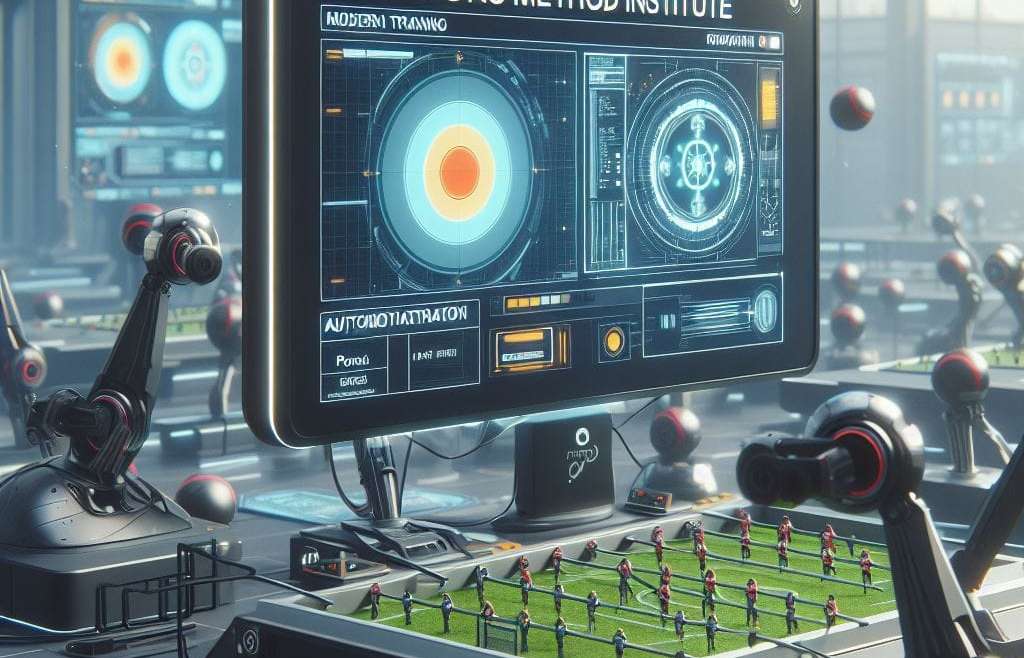Integration of applied neuroscience: Unlike other methodologies, the Pons Method uses advanced neuroscience tools, such as mirror neurons and neuroplasticity, to enhance cognitive learning and decision-making. This allows players to develop a superior mental capacity to anticipate and react to game situations, something unique and revolutionary.
Extreme personalisation and specialisation: The Pons Method not only individualises training according to the player’s role, but also adapts to their physical, psychological and tactical capabilities in real time, something that not all methodologies achieve with such precision. This includes personalised rehabilitation and the optimisation of substitutes, ensuring that all players are better prepared and motivated.
Deep and innovative gamification: While other methods may include certain elements of gamification, the Pons Method takes this idea further by using it to create constant motivation, through challenges, rewards and real-time feedback, transforming each session into an immersive experience that improves individual and collective performance.
Advanced Technology for Performance Improvement: The use of technological panels, tactical simulators, and real-time biofeedback distinguishes the Pons Method from other philosophies. This technological integration allows for continuous analysis and adjustment of player and team performance.
Optimizing Off-Ball Play: One of the most innovative aspects of the Pons Method is its emphasis on optimizing what happens without possession of the ball, something that many methodologies do not sufficiently develop. Training collective synchronization without the ball generates more aggressive and proactive teams in recovering possession and creating space.
Synergy of the Technical Staff: Unlike other methods, the Pons Method encourages true synchronization between the technical staff, where all members of the staff work with the same principles and objectives, ensuring that each drill and decision is aligned with the head coach’s game model.

